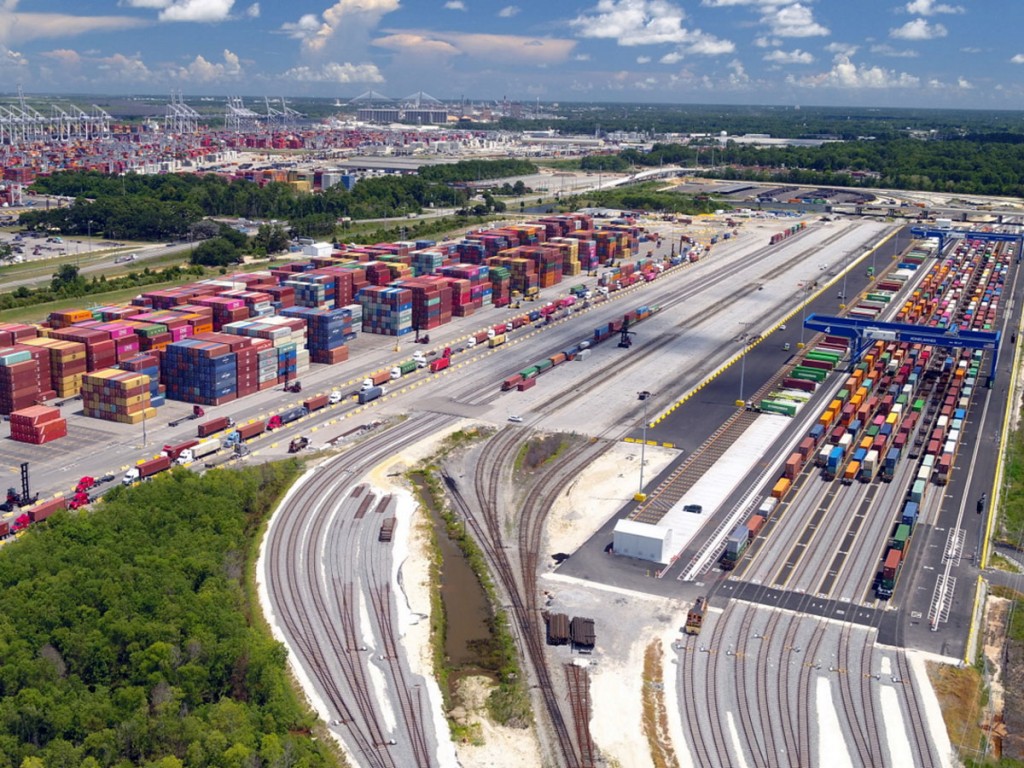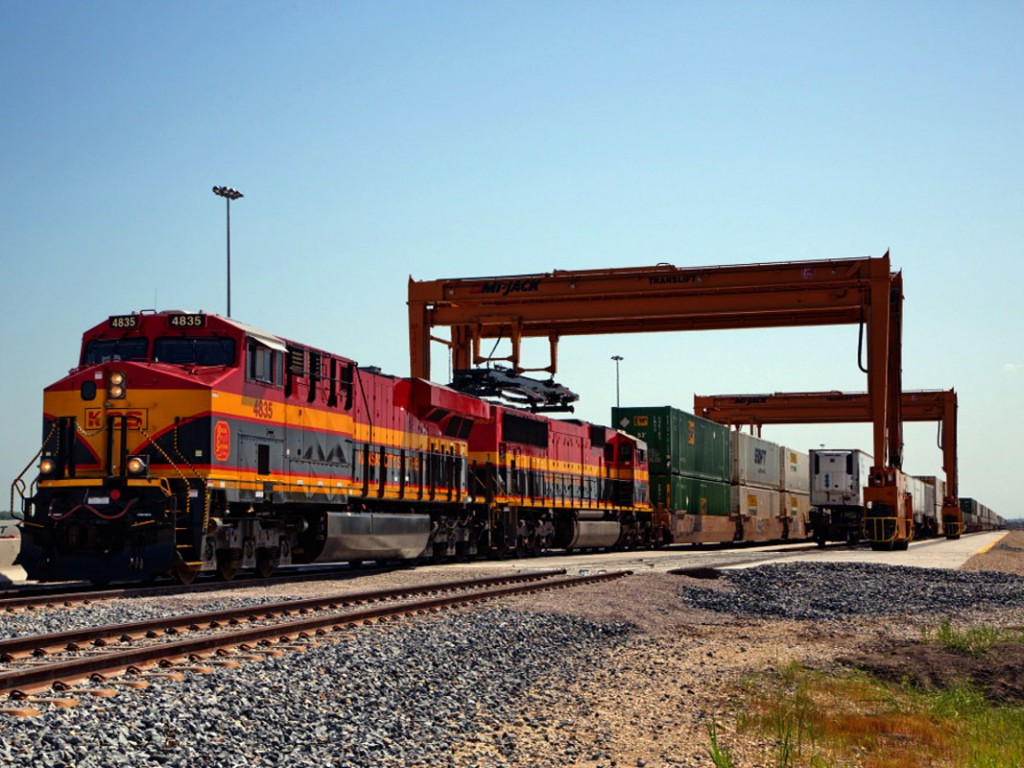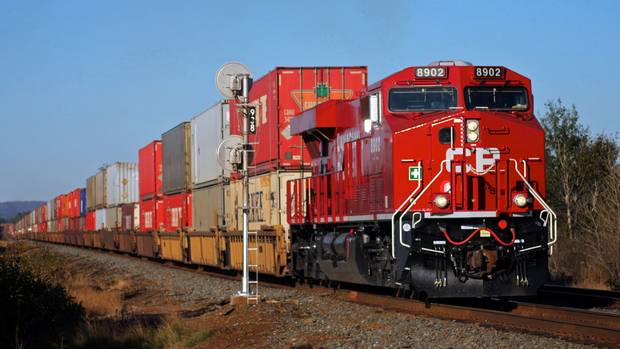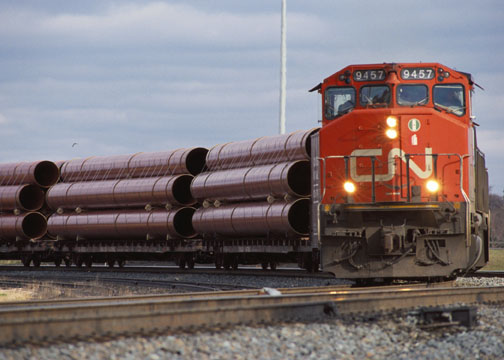These transportation titans are weathering the pandemic better than many, and continue to invest in infrastructure, services, and technology.
The beginning of 2020 represented a potential turning point for the United States economy and the fortunes of North America’s Class I railroads. Considering slack manufacturing activity and general global economic weakness, many felt the economy was headed for a downturn. Some railroad officials were more optimistic, anticipating an improvement in international trade thanks to the signing of the Phase One U.S.-China trade deal.

Not surprisingly, U.S. rail traffic suffered this year in the wake of COVID-19. The 6.5 million carloads handled through July represented a decrease of 16.2% compared to last year, according to the American Association of Railroads. On the intermodal side, the 7.5 million containers and trailers moved in the first seven months of the year represented a decrease of 9.1 percent from last year.
Head of the Class
Most Class I railroads reported double-digit decreases in traffic for the first half of the year. At the Kansas City Southern Railway Company, the north-south railroad that connects the U.S. and Mexico, “Train start plans were rapidly adjusted in the second quarter,” shrinking from 28 per week to 17, said Olivia Daily, the company’s vice president of purchasing.
But there were also bright spots amidst all the gloom. In July, three of the 20 carload commodity categories tracked by the AAR—food products, farm products, and lumber and wood—saw gains compared with July 2019. And August brought good news to the U.S. intermodal sector, with traffic up 2% in the first half of the month and up 5% during the week ending August 22.

Earlier in the year, all of the Class Is withdrew their financial guidance for the rest of the year, citing the impossibility of predicting economic trends for the rest of the year. But in August, the Canadian Pacific Railway reinstated its guidance, announcing that it expects to deliver earnings growth this year and a 15% increase in its shareholder dividend.
All things considered, the evidence suggests that the performance this year of North America’s Class I railroads is a success story. They have distinguished themselves in delivering critical supplies connected to pandemic protection and treatment, as well as food. (See box on page 19.) Some have even set records for carrying certain commodities, notably grain. They also continue to make improvements to their facilities and services, and most continue to drive efficiencies by implementing precision scheduled railroading (PSR).
“You have to play the hand you’re dealt,” said AAR Senior Vice President John T. Gray. “Rail traffic, like the overall economy, is generally trending in the right direction, but progress is slow.”
Some of that progress is reflected in the records that the Canadian National and Canadian Pacific railways reported for moving Canadian grain. Both carriers hauled over 30 million tons of grain during the 2019-2020 crop year, with over 1.6 million total tons moving in containers. CN also announced that it was moving record volumes of propane from Alberta and British Columbia for export to global markets.
“This year’s successes are a testament to the efficiency of the 8,500-foot High Efficiency Product train model,” said Keith Creel, CP’s president and chief executive officer. An 8,500-foot HEP train can carry over 40% more grain than the 7,000-foot train model. CP anticipates that over 30% of CP-served unit train loaders will be 8,500-foot HEP qualified by the end of this year.

CP also continues to take delivery of high-capacity grain hopper cars as part of a half-billion-dollar commitment made in 2018 to purchase 5,900 of these latest-generation railcars. The new cars can carry 10% more grain by weight and 15% more by volume than the older cars they are replacing.
CN is continuing in its program to purchase 1,500 additional railcars through 2021. “With all those, we are on our way to reach continuously improved performances,” said J.J. Ruest, president and chief executive officer of CN.
North American Class I railroads continue to make other investments to enhance their infrastructures and services. The BNSF Railway Company announced its latest intermodal center this year, Logistics Center North Houston in Cleveland, Texas, designed to help businesses increase their reach and speed to the Houston-area market.
BNSF’s economic development team “strategically selects logistics center locations for the convergence of rail and road at underserved and key growing markets,” said Kristin Hansen, a BNSF economic development director. “Customers can expect to save significant time and money when locating their facilities at these prime locations.”
CN’s Quebec Container Terminal, to be operated in conjunction with Hutchison Port Holdings, is scheduled to open in early 2024 and will provide shippers with improved access to markets in Europe, the Mediterranean, and Southeast Asia. The project includes a direct connection to CN’s intermodal network.

CP launched a new international intermodal service in August through the Port of Saint John, New Brunswick, marking CP’s first access to a deep-water Atlantic port in a quarter-century. CP gained access to Saint John with its purchase of the Central Maine & Quebec Railway, completed in June. “The new service offers shippers a congestion-free port and CP’s precision scheduled railroading model,” said Creel.
Impact of PSR
Most of the Class I railroads are investing in precision scheduled railroading (PSR), a strategy that uses departure schedules and point-to-point delivery methods to lower costs and consolidate networks. At Kansas City Southern, investments in data analytics that accompany PSR “facilitate real-time monitoring of the health and performance of our network,” said Steve Truitt, the railroad’s chief transportation officer. KCS’s PSR efforts have yielded horsepower efficiency improvements of over 20% and expected costs savings this year of $95 million.
Controlling costs and maintaining customer service levels are the watchwords for North America’s Class I railroads as they look to move forward past the pandemic. Norfolk Southern CEO James Squires said the railroad is well-positioned to successfully weather this unprecedented situation.
“We will get through the challenges ahead and emerge as an even stronger company,” he said. “We’ll continue to manage our assets well and control our costs. Our emphasis on superior service will continue to drive our long-term growth strategy.”
“We are constantly assessing the economic situation and will respond like we always do,” CSX CEO James Foote told a recent conference call with investors and reporters. “We have worked too hard to get this right to go backwards.”

